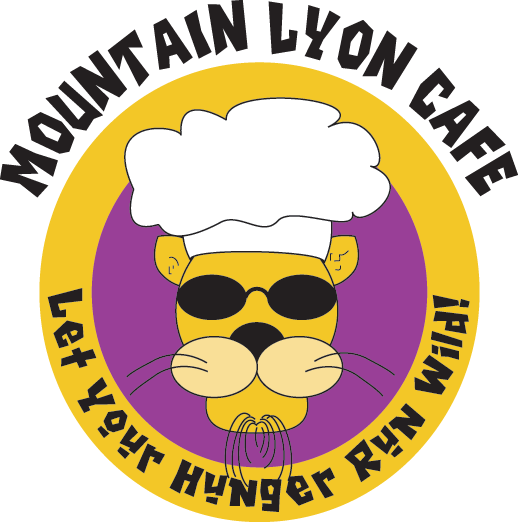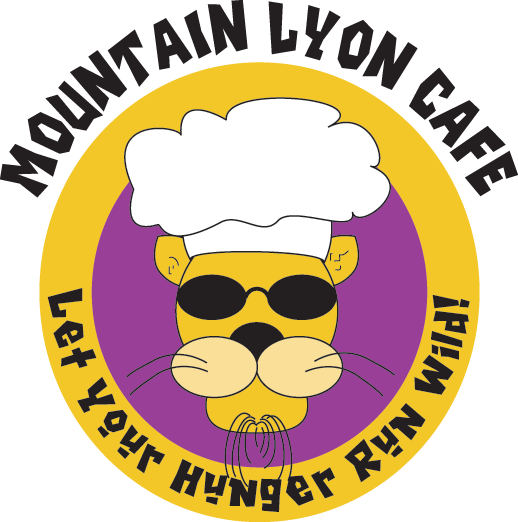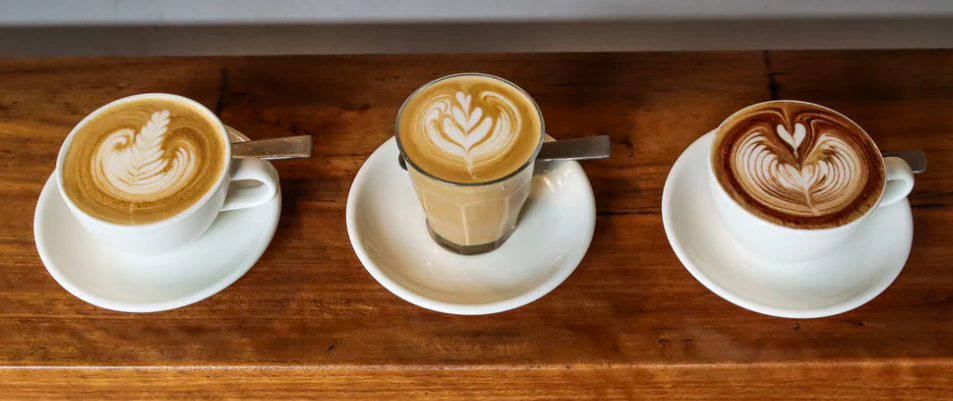Learn how to make the top 3 milk coffees at home like a pro. Easy café-style recipes, tips, and tricks to brew delicious milk-based coffees every time.
Milk coffee is more than just a beverage — it’s a ritual, a comfort, a culture. Whether it’s the silky Caffè Latte in the heart of Milan, the intense Vietnamese Iced Coffee (Cà Phê Sữa Đá) on the streets of Saigon, or the rich Café con Leche in a Madrid morning café, milk-based coffees have become deeply woven into daily life across continents. In this guide, you’ll discover how to make the top 3 milk coffees at home, no fancy barista training required — just a love for good coffee and the right techniques.
“A morning without coffee is like sleep without dreams.” – anonymous
Essential Tools and Ingredients for Perfect Milk Coffee
Before crafting coffee magic at home, you need the right tools and high-quality ingredients. Making coffee like a barista is about technique and equipment.
🛠️ Tools You’ll Need:
- Espresso machine or Moka pot
- Milk frother or steam wand
- Coffee grinder (preferably burr-type)
- Phin filter (for Vietnamese coffee)
- Digital scale (for precise brewing)
- Thermometer (for perfect milk temperature)
🥛 Types of Milk and Their Effects:
| Milk Type | Froth Quality | Flavor Profile | Best For |
|---|---|---|---|
| Whole Milk | Excellent | Rich, creamy | Latte, Cappuccino |
| Oat Milk | Good | Slightly sweet, nutty | Vegan lattes |
| Almond Milk | Fair | Nutty, thin | Café con Leche (variation) |
| Condensed Milk | None (syrup) | Sweet, dense | Vietnamese Iced Coffee |
Tip: Always use cold milk when frothing and keep it below 65°C (149°F) to preserve flavor and texture.
☕ Recommended Beans for Milk Coffee:
- Medium to dark roast (brings boldness to stand out against milk)
- Arabica-Robusta blends for strength and aroma
- Try Lyoncafe signature beans (from sienna-pony-277127.hostingersite.com) for a café-style flavor at home.
How to Make the Top 3 Milk Coffees
1. Caffè Latte – The Italian Classic
Origin: Italy
Ideal Time: Morning
Experience: Smooth, balanced, ideal for latte art
Ingredients and Equipment
- 1 shot of espresso
- 180 ml of steamed milk
- Optional: milk foam for topping
- Espresso machine or Moka pot, milk frother
Step-by-Step Instructions
- Brew a single or double espresso shot.
- Steam milk until it reaches 60–65°C (140–149°F).
- Tilt your cup and pour the milk gently over the espresso.
- Top with a small layer of microfoam.
- Add a heart or rosette with latte art, if desired.
Pro Tips for Latte Lovers
- Use fresh, cold whole milk for best frothing.
- Avoid boiling milk — it scorches the flavor.
- Preheat your cup to keep temperature consistent.
- Want sweetness? Add vanilla syrup or honey.
“Coffee is a language in itself.” — Jackie Chan
2. Vietnamese Iced Milk Coffee (Cà Phê Sữa Đá)
Origin: Vietnam
Ideal Time: Afternoon pick-me-up
Experience: Strong, sweet, refreshing
Ingredients and Equipment
- 2 tablespoons Robusta ground coffee
- 40 ml hot water
- 2 tablespoons sweetened condensed milk
- Vietnamese phin filter, glass, spoon, ice
Step-by-Step Instructions
- Place condensed milk at the bottom of your glass.
- Load ground coffee into the phin filter, press gently.
- Pour a small amount of hot water to “bloom” for 30 seconds.
- Fill the phin with remaining hot water and cover.
- Let it drip slowly — this takes about 4–5 minutes.
- Stir well once finished, then pour over a full glass of ice.
Pro Tips for Authenticity
- Use Robusta beans for authentic strength and bitterness.
- Don’t rush the drip; slow extraction enhances flavor.
- Condensed milk brands vary — experiment to find your favorite.
Fun Fact: In Vietnam, coffee is often enjoyed leisurely with friends or while watching the rain — a ritual more than a rush.
3. Spanish Café con Leche
Origin: Spain
Ideal Time: Breakfast
Experience: Simple, strong, creamy
Ingredients and Equipment
- 1 shot espresso or strong Moka pot coffee
- 1 part hot milk
- Small cup or ceramic mug
Step-by-Step Instructions
- Brew a shot of dark-roast espresso or Moka pot coffee.
- Heat milk without frothing to just below boiling.
- In equal parts, combine coffee and milk in a small cup.
- Serve immediately, optionally with a croissant or toast.
Regional Variations and Tips
- In some Spanish regions, more milk is added.
- Add a pinch of cinnamon or sugar for a local twist.
- Café con Leche is often served in bars or homes, not just cafés.
Proverb: “A good day starts with a good coffee and a smile.” – Spanish saying
How to Froth Milk Like a Barista
Milk frothing is the soul of any good milk coffee recipe. The texture, temperature, and microfoam can elevate your cup from average to café-quality. Frothing introduces air into milk, creating a creamy foam that enhances mouthfeel and visual appeal — especially in drinks like Caffè Latte or Cappuccino.
🔍 Types of Milk Frothing Methods
| Method | Tools Needed | Ideal For | Notes |
|---|---|---|---|
| Steam Wand | Espresso machine | Professional microfoam | Consistent results, barista-level texture |
| Handheld Frother | Battery or USB frother | Casual daily use | Great for beginners, affordable |
| French Press | Just a French press | Light froth for lattes | Pump up and down for 20 seconds |
| Manual Whisk | Whisk and bowl | Emergency froth solution | Less dense foam |
| Blender | Electric or stick blender | Oat and almond milk | Works well with plant-based options |
Tip from Lyoncafe’s brew trainer: “For velvety foam, avoid overheating. Milk should be between 60°C and 65°C for optimal sweetness and structure.”
Lyoncafe’s official milk guide provides precise tips on how different milks react to frothing. For example, oat milk gives sweeter notes and better consistency than almond milk, which often separates when heated.
See more: 6 Silverthorne Restaurants You’ll Absolutely Love
Common Mistakes to Avoid in Milk Coffee Preparation
Making milk coffee at home is rewarding, but beginners often fall into traps that sabotage their brews. Here’s how to avoid them:
❌ Top Mistakes and How to Fix Them:
- Overheating the milk
Problem: Milk scorches above 70°C, losing sweetness and becoming flat.
Solution: Use a thermometer or watch for small bubbles forming at the edges. - Using old or low-fat milk
Problem: Doesn’t froth well, lacks creaminess.
Solution: Use whole milk or fresh plant-based alternatives with good fat content. - Wrong coffee-to-milk ratio
Problem: Weak or overly bitter drink.
Solution: Follow standard recipes or adjust slightly to taste — balance is key. - Poor coffee grind size
Problem: Over- or under-extraction.
Solution: Invest in a burr grinder and test your grind size based on the brew method.
✅ Quick Fix Checklist
| Mistake | Symptom | Fix Suggestion |
|---|---|---|
| Burnt milk | Bitter or sour flavor | Lower temperature, use thermometer |
| Thin froth | Large bubbles | Use whole milk or chilled frothing jar |
| Weak coffee | Tastes watery | Adjust brew ratio or coffee type |
| Curdled plant milk | Separation in drink | Try barista-style oat or soy milk |
Milk Coffee vs. Other Coffee Types: What’s the Difference?
Understanding the difference between milk-based coffee drinks and others helps in perfecting your brewing and impressing your guests.
🧾 Visual Comparison Table
| Drink Type | Coffee Base | Milk Use | Texture | Caffeine Level |
|---|---|---|---|---|
| Caffè Latte | Espresso | Steamed + foam | Smooth, creamy | Medium |
| Cà Phê Sữa Đá | Robusta brew | Condensed milk | Thick, sweet | High |
| Café con Leche | Moka/Espresso | Hot milk (no foam) | Bold, milky | Medium-High |
| Flat White | Espresso | Microfoam only | Dense, velvety | High |
| Mocha | Espresso | Milk + chocolate | Sweet, indulgent | Medium |
| Americano | Espresso | Water only | Light-bodied | High |
🎯 Key Takeaway:
“Milk coffee adds layers of aroma and emotion that black coffee simply cannot.” – Luis Fernandez, Spanish Barista Champion
Milk coffee is not just a category; it’s an experience. It merges comfort and culture, taste and tradition. Understanding its role helps you become a more thoughtful home barista.
Final Thoughts: Crafting Your Signature Cup
By now, you’ve explored how to make the top 3 milk coffees, learned to froth milk like a barista, avoided common mistakes, and understood what sets milk coffee apart from the rest. Now it’s your turn to craft a coffee experience that’s uniquely yours.
At Lyoncafe, we believe that every cup of coffee is a canvas. Whether you’re enjoying a tranquil morning alone or hosting friends, a well-made milk coffee can spark joy, conversation, and connection. That’s why our team spent years perfecting bean blends and brew techniques tailored specifically for home use.
“Great coffee doesn’t happen by accident. It’s a balance of time, temperature, and love.” – Lyoncafe Head Roaster

I’m Kara Chavez, and I love coffee. I like to create some of the best coffees around – espressos, lattes, macchiatos . I strive for perfection in my coffee-making skills, and I take great pride in providing a delicious cup of joe to my customers.
I’ve been working in the coffee industry for years now, and I know everything there is to know about making a perfect cup of coffee. My passion for coffee shines through in every cup that I make, and I hope that you’ll stop by soon so that I can share my love of coffee with you!

